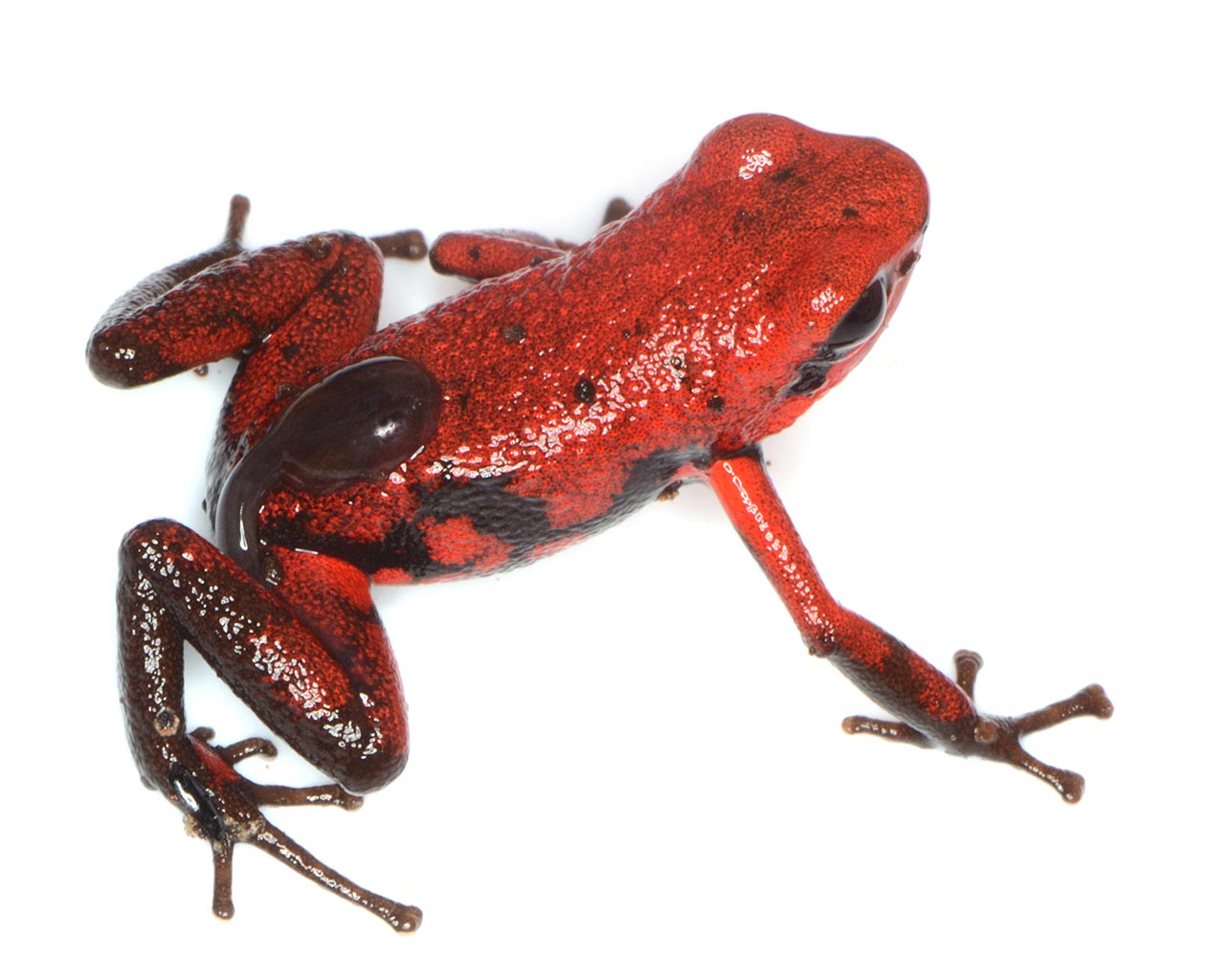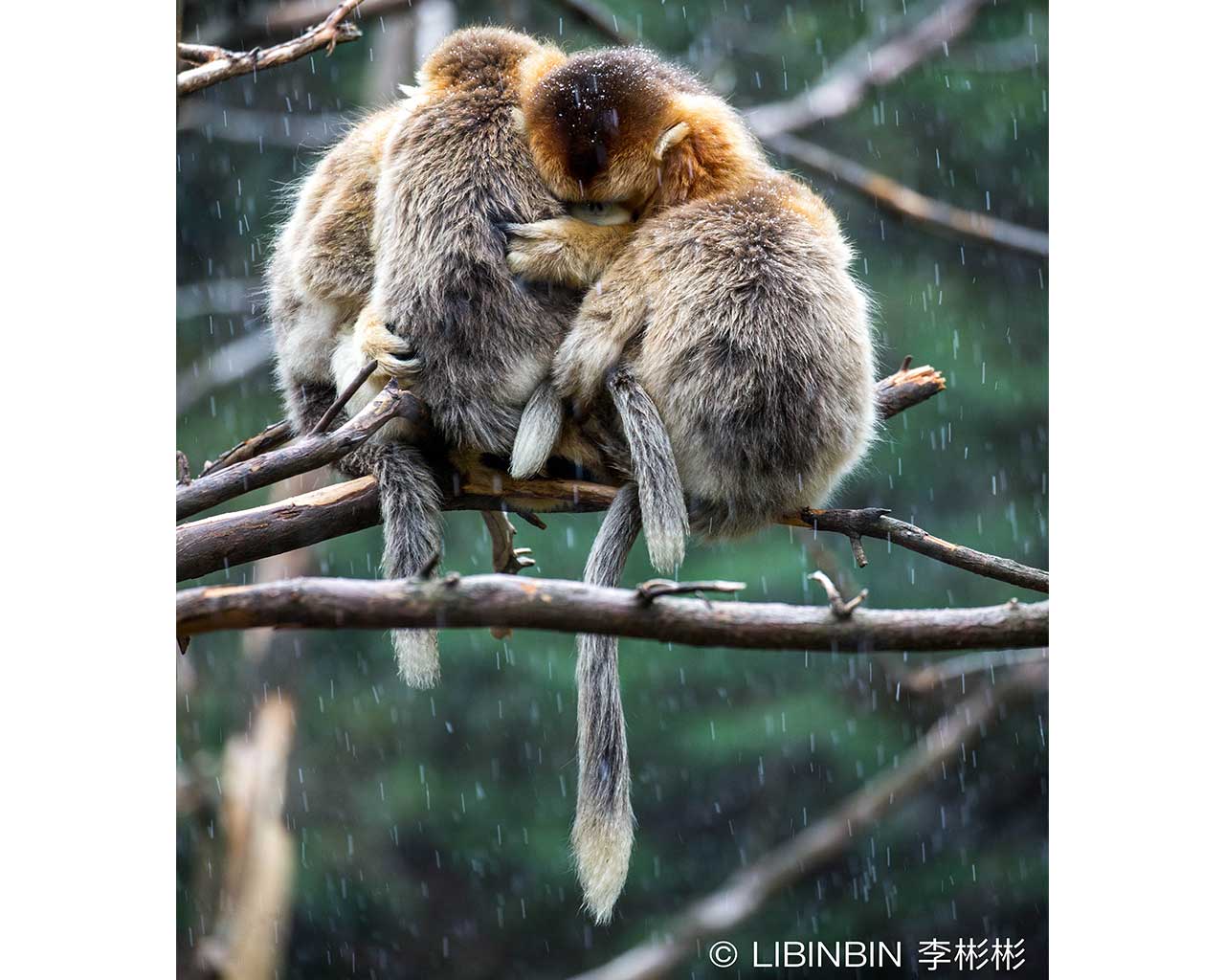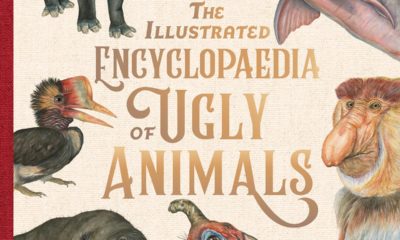“If we are to protect most species from extinction we have to protect the right places — special places — not just area per se.” So says Binbin Li, Assistant Professor at Duke Kunshan University in China. Binbin is also co-author of the new study, ‘How to protect half of Earth to ensure it protects sufficient biodiversity’.
The new international study by scientists in the US, Brazil, and China finds that global efforts to protect species are doing better than expected, but warns that the total area protected is a poor measure of success.
The study, published in August in the peer-reviewed journal Science Advances, used geospatial methods to estimate how well the world’s protected areas cover species — and how well expanding those areas would do.

Golden snubnosed monkey – Photo courtesy of Binbin Li. All rights reserved

Golden lion tamarin – Photo courtesy of SavingSpecies. All rights reserved
The predilection of national governments is to protect areas that are “wild” — that is, typically remote, cold, or arid. Unfortunately, those areas often hold relatively few species said Stuart L. Pimm, Doris Duke Professor of Conservation Ecology at Duke University’s Nicholas School of the Environment.
Pimm, the paper’s lead author, worries that “there’s a lot of discussion about protecting “Half Earth” as a minimum to protect biodiversity and the environmental services nature provides. The challenge is: what half do we protect? We found that protecting even half of the world’s large wilderness areas will not protect many more species than at present.”

Andinobates with tadpole – Photo courtesy of SavingSpecies. All rights reserved
The team looked at how well the world’s system of protected areas included the ranges of nearly 20,000 mammals, birds, and amphibians — the species that scientists know best. For each one of these species they calculated how much of its geographical range fell within current protected areas and within the expanding protected wilderness to reach half earth goal. For “wilderness”, they used a well-established index that measures human impact globally and chose those places with low values.

Skywalker gibbon – Photo courtesy of Binbin Li. All rights reserved

Dusky starfronlet hummingbird – Photo courtesy of SavingSpecies. All rights reserved
“The species at greatest risk of extinction are those with the smallest geographical ranges,” said co-author Clinton Jenkins, of Brazil’s Instituto de Pesquisas Ecológicas (IPÊ). “What is surprising is how well existing protected areas cover many of these species. For birds, for example, about half the species with the smallest geographical ranges have some of their range protected to a degree.”
“That’s good news,” says Pimm, “but simply protecting large areas of the planet will not lead to much improvement.”
“Certainly, there are good reasons to protect large areas intact — an obvious example is the Amazon, where the loss of the forest there might cause massive changes to the climate.
“But to save biodiversity, we must identify which species are poorly protected. Then, we must map out exactly where they are — where are the gaps in protection. This is our next task and one we’ve already started. It’s clear that areas where we’re working to effect practical conservation — the Northern Andes, the coastal forests of Brazil, and southwestern China are among the places where we need to plug those gaps. Our conservation NGO, SavingSpecies is actively helping local conservation groups in these and other critical places.”
Pimm makes sure to clarify that the discussion that is currently under way is, of course, an important and noble one to have:
“Certainly, Half Earth is an inspiring vision for the world to save species,” he says. “A preoccupation with concentrating on the total area protected is misleading, however. It’s quality, not quantity that matters.”
To check out the work that SavingSpecies performs, go to their website at: www.savingspecies.org.

Golden snubnosed monkeys – Photo courtesy of Binbin Li. All rights reserved
CITATION: Stuart L. Pimm, Clinton N. Jenkins, Binbin V. Li (2018). ‘How to protect half of Earth to ensure it protects sufficient biodiversity’, Science Advances. DOI: TK.






























You must be logged in to post a comment Login